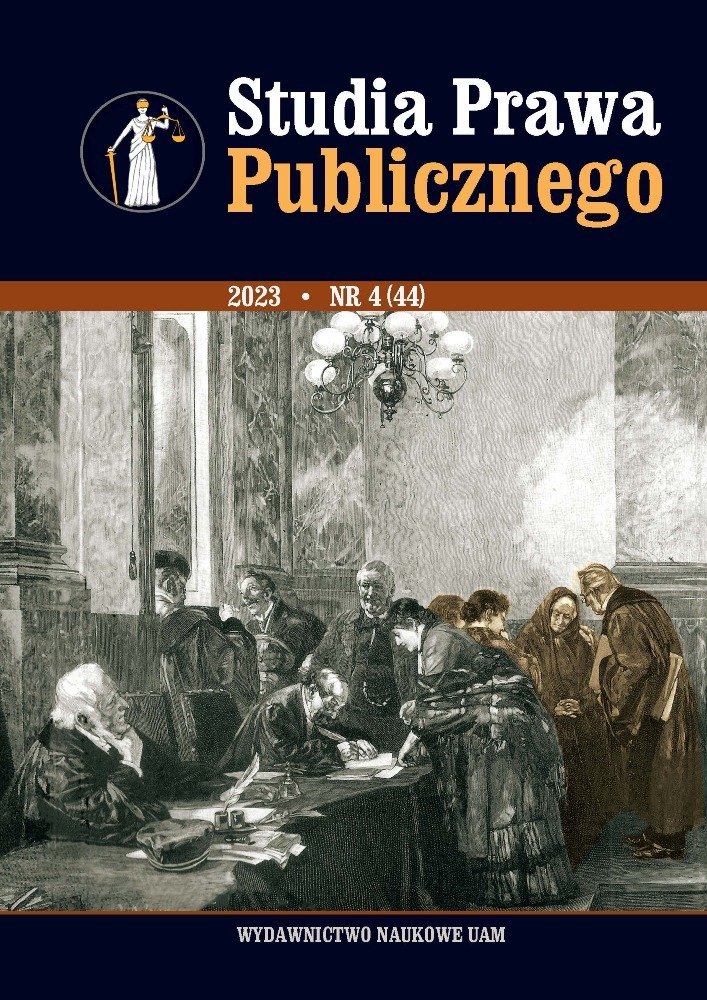Abstrakt
Chambers of commerce play an important role for entrepreneurs and the economy. However, their position, organization, effectiveness and tasks vary from country to country. The challenges of the 21st-century economy require the strengthening of chambers so that they can effectively support business. We should look for possible improvements. Chambers are usually categorized into three main models: Anglo-Saxon, continental and mixed. An additional public (or administrative) model is sometimes added. The analysis of the literature shows, however, that the assignment of chambers to models is sometimes arbitrary or customary. This results in different classification of some countries into specific models – e.g. Poland is assigned to the Anglo-Saxon or mixed model, while Spain is placed in the continental model, although some features of their chambers indicate the properties of the mixed model. The systematic confusion stems from the fact that the current taxonomy is too general to address effectively some of the most important differences between chambers operating in more than 200 countries. But more important is that its design does not provide tools and information that (in the increasing complexity of today’s economy) could support the development of chambers based on the results of comparative research. This article outlines a set of the key differences between British, Polish and Belgian chambers of commerce with several references to Canadian and US chambers. They are all private law and generally listed as Anglo-Saxon model members. But there are major differences between them. It’s important to examine foreign systems when changes to the domestic chambers are considered. It should be clear that there is no single and common framework that can be just replicated. Each country’s history, economy and social norms must be considered before changes are made. This is why comparative studies are the key to finding the best improvements for local needs.
Bibliografia
Bennett B., Chambers of Commerce: from protesters to government partners, “British Academy Review” 2012, no. 20, pp. 37–40, https://www.thebritishacademy.ac.uk/documents/637/BAR20-09-Bennett.pdf (accessed: 27 I 2023).
Bennett B., Testing times for business partners in regional and local development: The past and future of chambers of commerce, “Regions Magazine” 2011, no. 284, pp. 23–25. DOI: https://doi.org/10.1080/13673882.2011.9721725
Bennett R.J., Institutional Change in British Chambers of Commerce, in: Chambers of Commerce in Europe: Self-Governance and Institutional Change, ed. D. Sack, Cham 2021, pp. 47–82. DOI: https://doi.org/10.1007/978-3-030-62700-3_3
Bennett R.J., Local Business Voice: The History of Chambers of Commerce in Britain, Ireland, and Revolutionary America 1760–2011, New York 2011. DOI: https://doi.org/10.1093/acprof:oso/9780199584734.001.0001
Bernhagen P., Chambers of Commerce as Political Actors: Theoretical Perspectives on Their Organisation and Influence, in: Chambers of Commerce in Europe: Self-Governance and Institutional Change, ed. D. Sack, Cham 2021, pp. 25–46. DOI: https://doi.org/10.1007/978-3-030-62700-3_2
Fedotov V.I., Organizational and Legal Models of Chambers, Washington 2007.
Inman R.P., The Flypaper Effect, “NBER Working Paper” 2008, no. 14579, https://www.nber.org/system/files/working_papers/w14579/w14579.pdf (acces- sed: 10 II 2023).
Kmieciak R., Samorząd gospodarczy w państwach Unii Europejskiej, „Rocznik Integracji Europejskiej” 2013, no. 7, pp. 63–74. DOI: https://doi.org/10.14746/rie.2013.7.5
Lord Heseltine, No stone unturned: Chamber of Commerce – International Comparisons, London 2012.
Marciniak P., Sektorowy model samorządu gospodarczego. Założenia i perspektywa wprowadzenia w Polsce, Warszawa 2023.
Mead C.H., Voices from the Past, “Chamber Executive” 2012, pp. 18–20, https://www.geog.cam.ac.uk/research/projects/chambersofcommerce/accebookreview.pdf (accessed: 15 I 2023).
Noel N.M., Luckett M., The benefits, satisfaction, and perceived value of small business membership in a chamber of commerce, “International Journal of Nonprofit and Voluntary Sector Marketing” 2014, vol. 19(1), pp. 27–39. DOI: https://doi.org/10.1002/nvsm.1485
Pilgrim M., Meier R., National Chambers of Commerce: A Primer on the Organization and Role of Chamber System, Washington 1995.
Sack D., European Chambers of Commerce in Comparison. Introduction, in: Chambers of Commerce in Europe: Self-Governance and Institutional Change, ed. D. Sack, Cham 2021, pp. 1–24. DOI: https://doi.org/10.1007/978-3-030-62700-3_1
Zachar P.K., The Danube Chambers of Commerce Association’s Activity for Recovering from the Economic Crisis and Increasing the Competitiveness of Enterprises in the Danube Region, in: New Approaches in a Complex World: International Relations, History and Social Sciences, eds. B. Biltsik, A. Marengo, N. Posta, P.K. Zachar, Budapest 2014, pp. 107–127.
Licencja
Prawa autorskie (c) 2023 Piotr Marciniak

Utwór dostępny jest na licencji Creative Commons Uznanie autorstwa – Bez utworów zależnych 4.0 Międzynarodowe.

